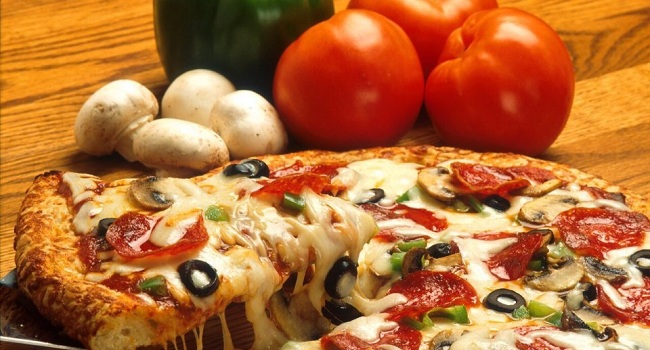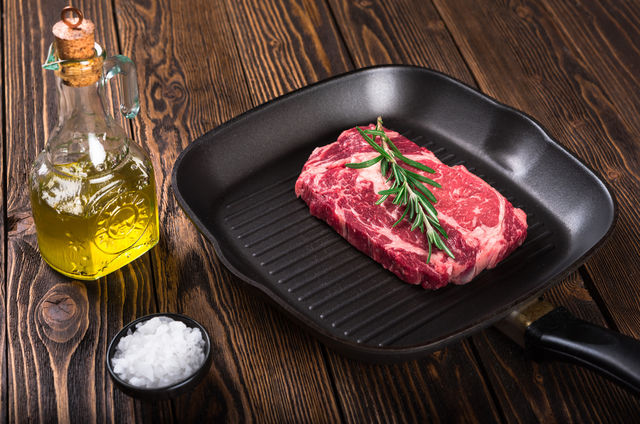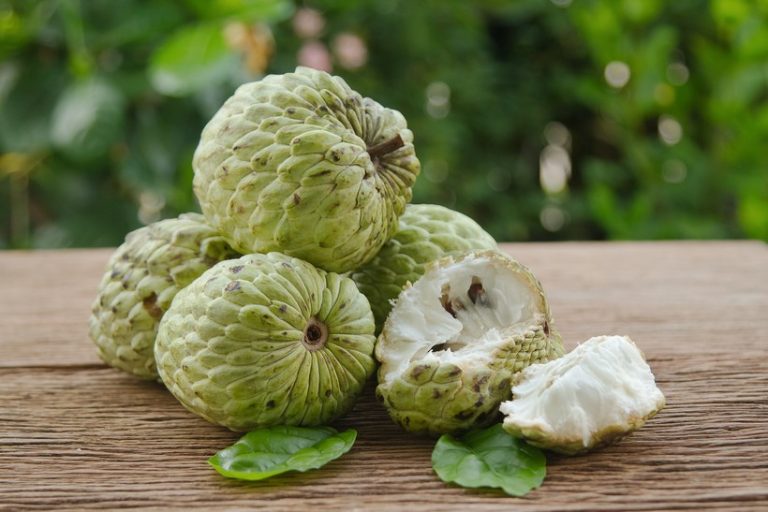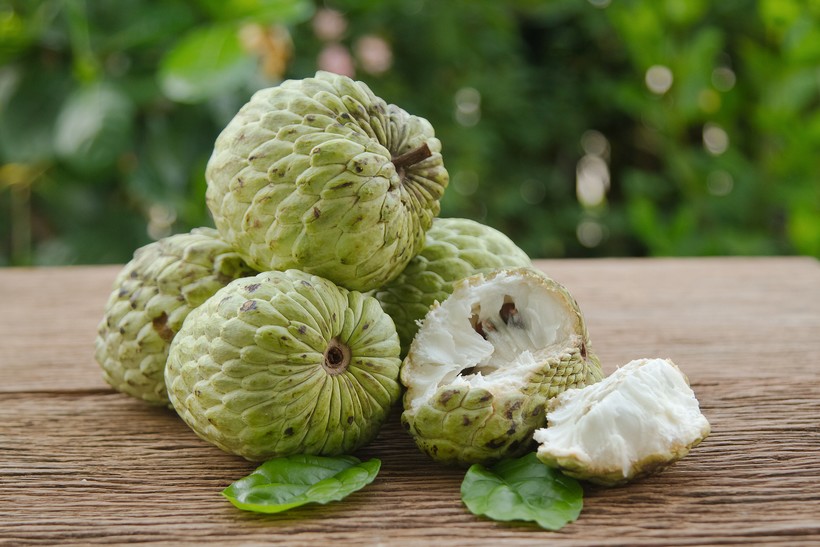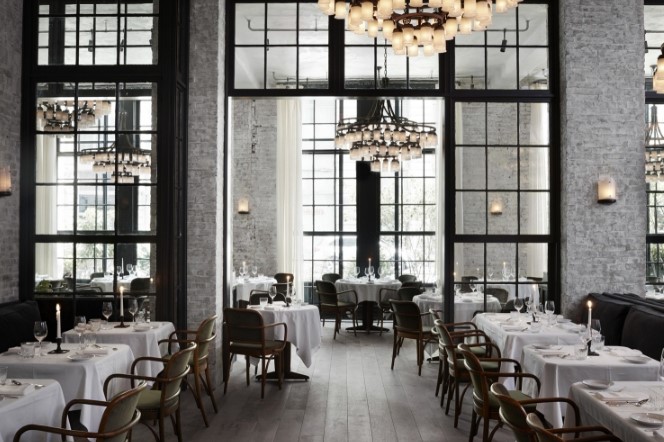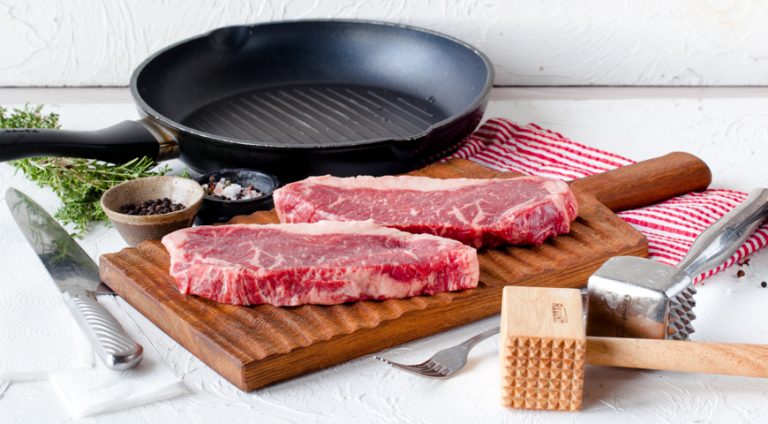Pizza! At the mere mention of this word, profuse salivation begins and in the subsequent time, you will not be abandoned by thoughts of a delicious aromatic pizza with the most tender dough and stretching cheese. There is hardly a person who would say that he does not like this divine delicacy, and if such an eccentric lives on this planet, then he, most likely, tried some kind of wrong pizza. The basis of a delicious pizza is, of course, the dough, which must be cooked correctly for the dish to be truly unforgettable. We have prepared for you the secrets of the perfect pizza dough.
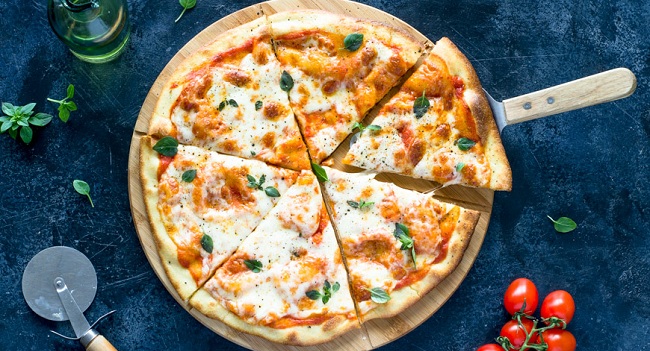
- The easiest way is to roll out the dough on baking paper, after sprinkling it with flour. This will save you from unnecessary and completely unnecessary movements since you can send the pizza to the oven right on the parchment.
- Pizza tastes differ dramatically from person to person. If you love the fluffy dough, then take on board a simple life hack: let the rolled dough rest for 5-10 minutes. If you are worried that during this time it will have time to wind up, cover it with cling film.
- If, on the contrary, you like a thin dough that will crunch in your mouth, then you need to roll it out as much as possible, sparing no effort, and bake at elevated temperatures – 230-250 degrees.
- Another secret to the deliciously crispy dough is olive oil. They should grease a baking sheet. Put the dough on top and send it to the oven preheated to 220 degrees for 5 minutes. Only then add the filling.
- What if you didn’t roll out the dough on parchment? Do not worry ahead of time. You will need a rolling pin. Wrap it in half of the dough and transfer it while holding the handles.
- You can and should experiment with the ingredients for the dough. So, advanced gourmets prepare pizza dough from a mixture of flour and semolina. It turns out to be more crunchy and tender. You can use this mixture not only for making dough but also for dusting a baking sheet.
- The tedious part of making pizza is waiting for the dough to rise. Add more yeast to speed up this process. You only need 3/4 teaspoon more than the recipe says.
- Italians love aromatic herbs and actively use them in cooking. Take on board a cool life hack: To make the dough tastier and more aromatic, stir in oregano, basil, or other dried seasonings of your choice.












